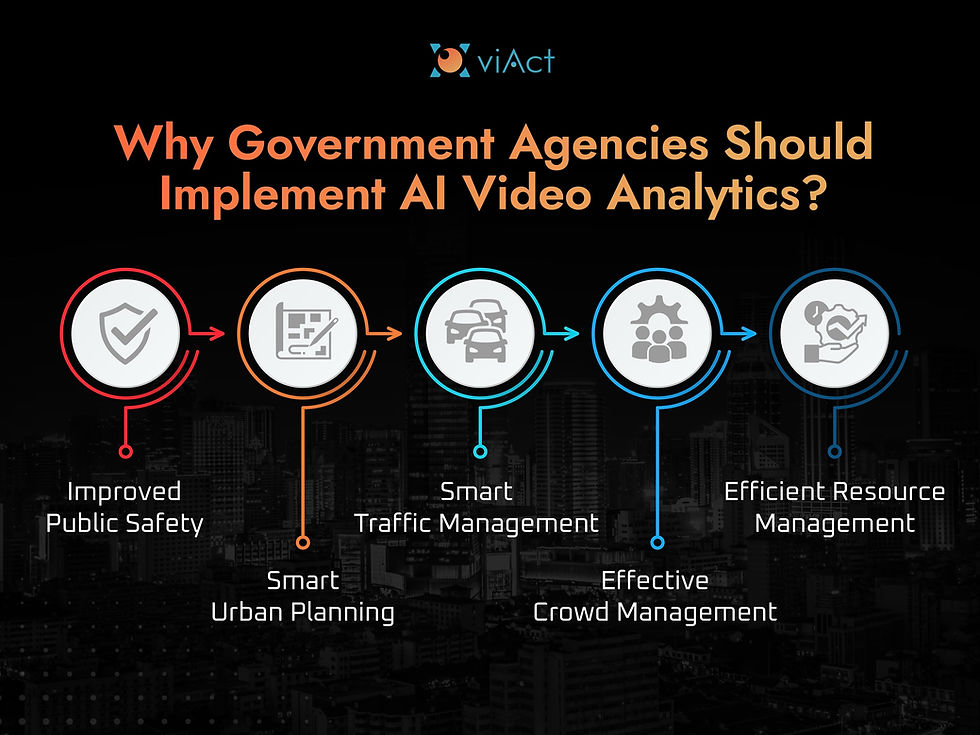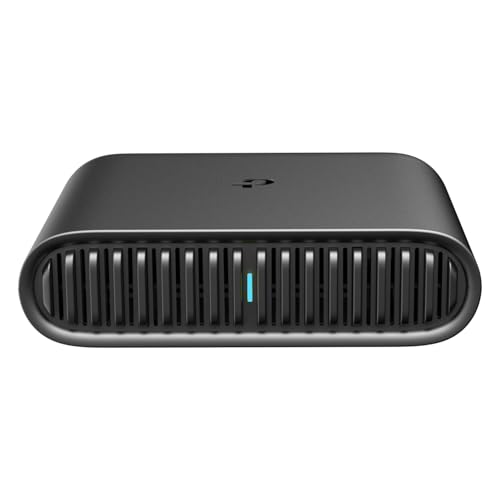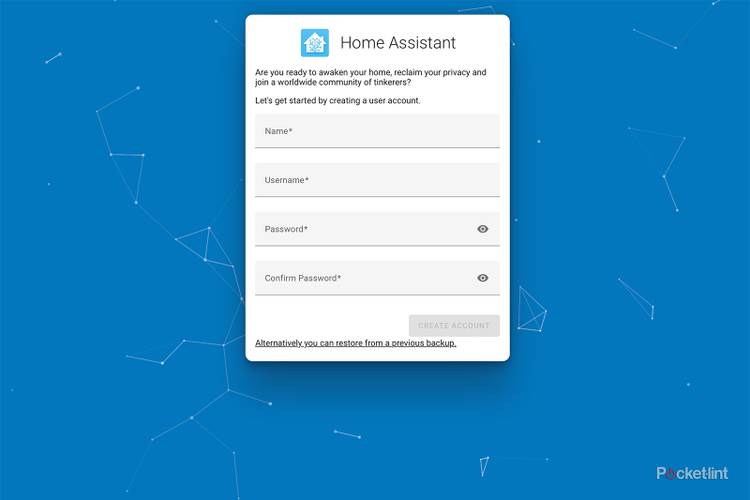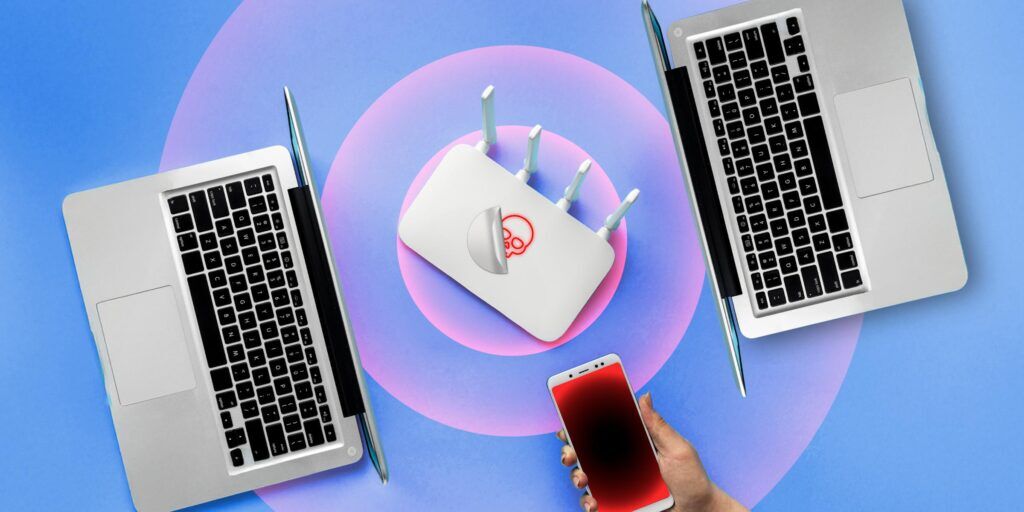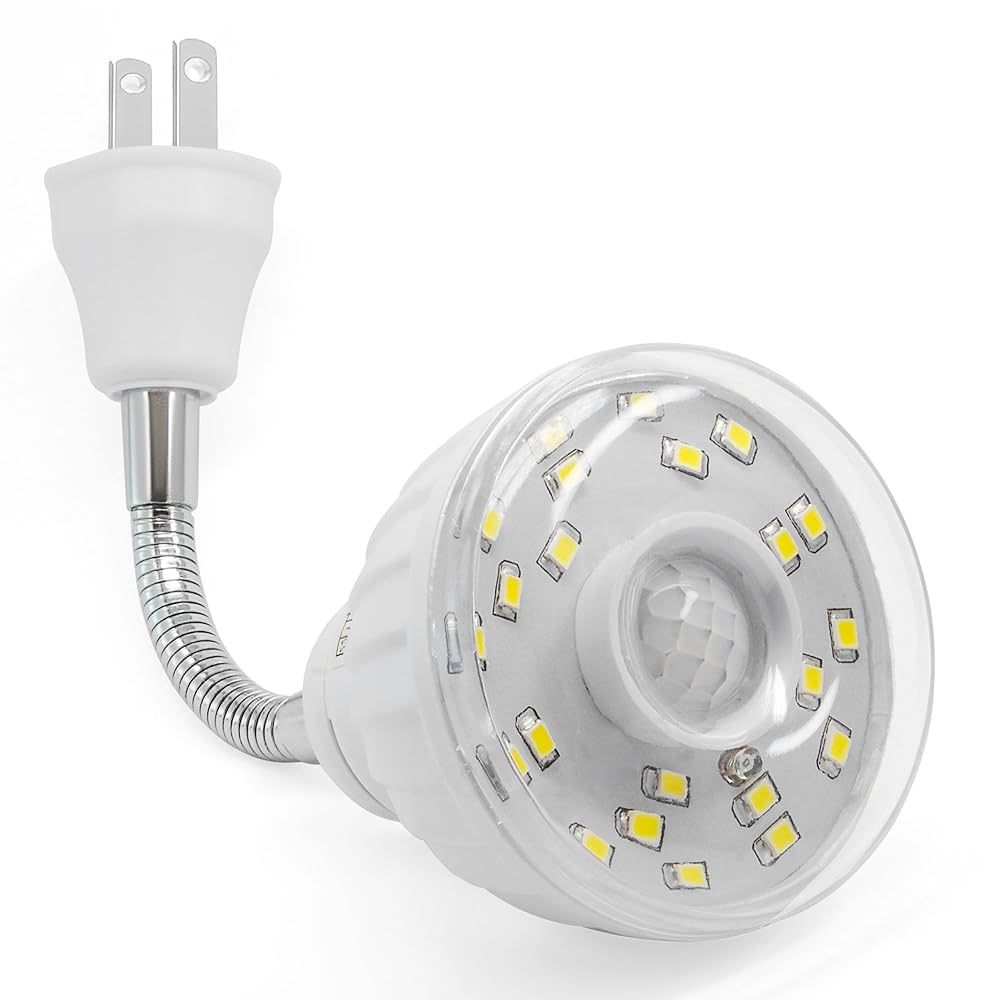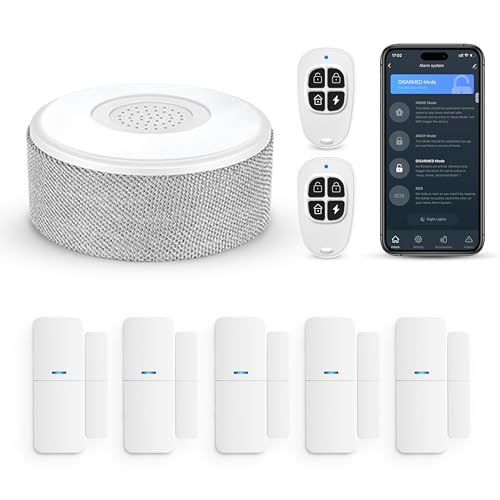Imagine having a tool that can instantly understand what’s happening in your videos without you lifting a finger. Smart Video Analytics does exactly that.
It turns ordinary footage into powerful insights, helping you make faster decisions, boost security, and improve your business results. If you want to unlock the full potential of your video data and stay ahead of the game, keep reading—you’re about to discover how this technology can transform your world.
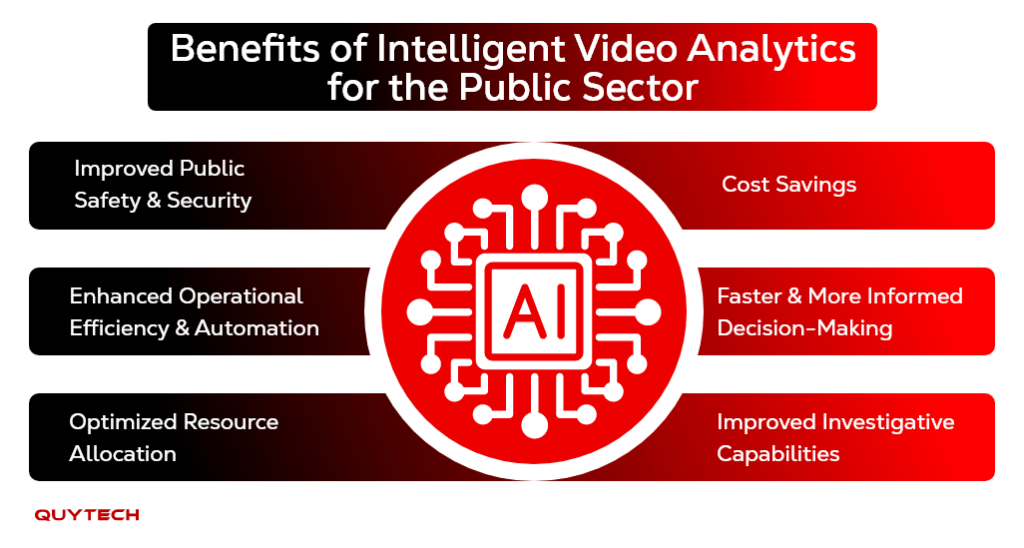
Credit: www.quytech.com
Evolution Of Video Analytics
Video analytics helps computers understand what is happening in videos. It started simple and grew more advanced over time.
This field has changed a lot, moving from watching videos by hand to using smart machines. Let’s look at how it evolved.
From Manual Monitoring To Ai-driven Systems
At first, people watched video feeds to spot events. This took much time and could miss important details.
Later, simple software helped detect motion or changes in the scene. This reduced the need for constant human watching.
Today, AI-driven systems analyze videos in real time. They recognize faces, objects, and unusual behavior automatically.
- Manual watching by security staff
- Basic motion detection software
- Advanced AI for recognizing patterns
- Real-time alerts and automated responses
Key Milestones In Video Analytics Technology
The technology started with simple tasks like motion detection. It then added more complex functions step by step.
Important milestones include better cameras, new algorithms, and the use of deep learning. These helped improve accuracy and speed.
- Early 2000s: Motion detection tools became common
- 2010: Introduction of object recognition algorithms
- 2015: Use of machine learning improved video analysis
- 2020: Deep learning enabled real-time smart analytics
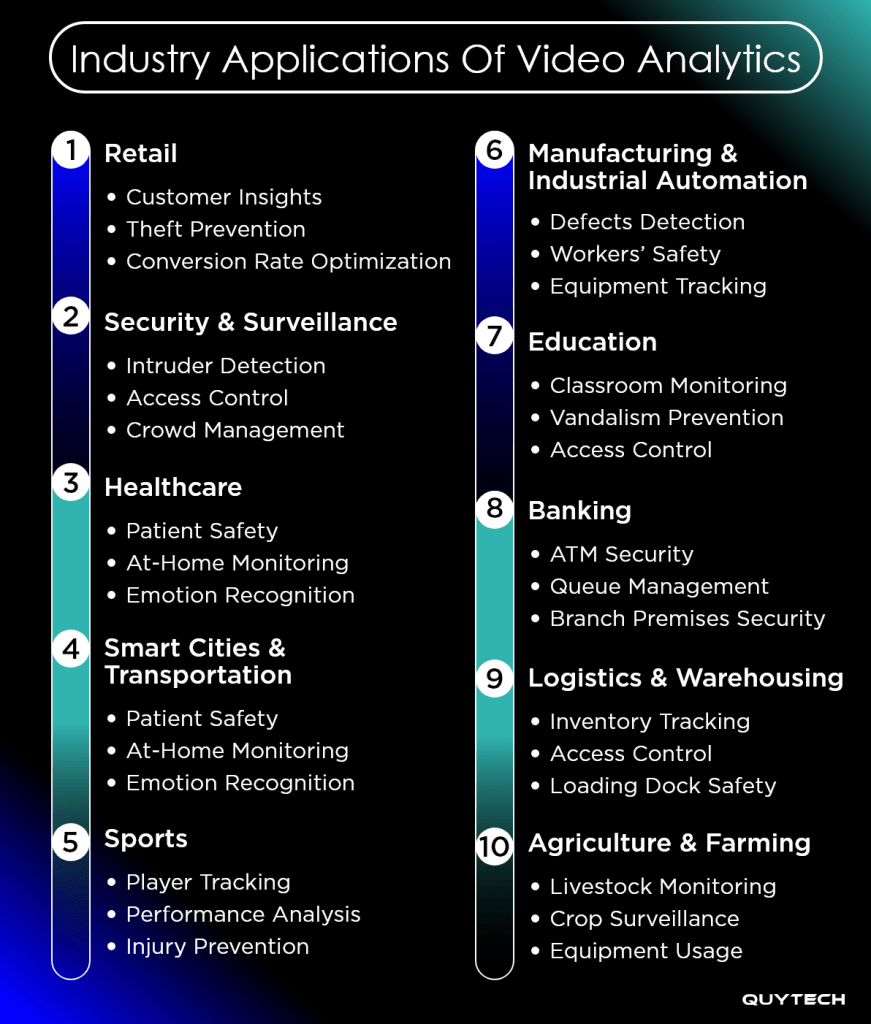
Credit: www.quytech.com
Core Components Of Smart Video Analytics
Smart video analytics use technology to analyze video content automatically. It helps detect patterns and events from live or recorded videos.
These systems rely on several key parts to work well. Understanding these parts helps to see how smart video analytics function.
Ai Algorithms And Machine Learning Models
AI algorithms help computers recognize objects, faces, and actions in videos. They learn from data to improve accuracy over time.
Machine learning models train on many examples to detect specific patterns. These models can spot unusual behavior or identify specific items.
- Object detection to find and classify items
- Facial recognition for identifying people
- Motion detection to track movements
- Behavior analysis to spot unusual actions
Video Data Processing Techniques
Video data processing prepares raw footage for analysis. It includes filtering, compressing, and extracting useful information.
Techniques like frame sampling and noise reduction help improve the video quality. This makes it easier for AI models to work correctly.
- Frame extraction to analyze important moments
- Noise reduction to clear up video signals
- Compression to reduce file size without losing data
- Feature extraction to highlight key video elements
Integration With Iot And Cloud Platforms
Smart video analytics connect with IoT devices like cameras and sensors. This allows real-time data collection and monitoring.
Cloud platforms store and process large video data sets. They provide scalability and remote access for video analytics services.
- IoT devices supply live video and sensor data
- Cloud storage keeps large video files safe
- Cloud computing enables fast video analysis
- Remote access allows monitoring from anywhere
Applications In Security
Smart video analytics uses software to analyze video streams automatically. It helps improve security by spotting issues fast.
This technology supports many security tasks. It increases safety in public and private places.
Real-time Threat Detection
Smart video analytics can detect threats as they happen. It watches for unusual movements or objects in restricted areas.
Alerts can be sent instantly to security teams. This quick response helps stop crimes or accidents early.
- Detects suspicious behavior or loitering
- Identifies weapons or dangerous items
- Alerts on unusual crowd gatherings
Access Control And Intrusion Prevention
Video analytics helps control who enters a building or area. It checks faces, badges, or movements for access.
The system can block unauthorized entries. It also notices break-ins or forced doors quickly.
- Monitors entry points 24/7
- Recognizes authorized personnel
- Detects forced or illegal access attempts
Crowd Management And Behavior Analysis
Smart video tools count people and track crowd flow. They help prevent overcrowding and manage events safely.
Behavior analysis detects fights, panic, or abnormal actions. This lets security act before problems grow.
- Counts people in real time
- Tracks movement paths and speed
- Detects aggressive or unsafe behavior
Benefits Over Traditional Systems
Smart video analytics uses advanced technology to improve security and monitoring. It offers many benefits compared to older systems.
This technology helps reduce mistakes and saves time and money. It works well in many places like stores, offices, and public areas.
Enhanced Accuracy And Reduced False Alarms
Smart video analytics can better identify real threats. It uses smart algorithms to tell the difference between normal activity and danger.
This reduces false alarms that waste time and cause unnecessary stress. The system sends alerts only when needed.
- Detects real security issues quickly
- Minimizes false alarms from animals or weather
- Improves trust in security alerts
Scalability And Automated Responses
Smart video analytics can grow with your needs. It works well in small or large areas without losing performance.
The system can also act on alerts automatically. It can trigger alarms or lock doors without waiting for human action.
- Handles many cameras easily
- Adapts to changing environments
- Automates actions for faster response
Cost Efficiency And Resource Optimization
Smart video analytics lowers costs by reducing the need for constant human monitoring. It focuses attention only where it is needed.
This technology helps use resources better. It cuts down on wasted time and allows staff to focus on important tasks.
- Reduces labor costs for security
- Improves use of existing equipment
- Prevents costly damages with early alerts
Challenges And Limitations
Smart video analytics helps to understand video data quickly. It can detect patterns and events automatically. Still, it faces many challenges and limits.
These challenges affect how well the technology works and how it is used in real life. Understanding them is important for better solutions.
Privacy Concerns And Ethical Considerations
Smart video analytics often collects personal information. This raises privacy issues for people being recorded. It can feel like constant surveillance.
Ethical questions arise about how data is used. People may not know they are watched or how their data is stored and shared.
- Risk of invading personal privacy
- Need for clear consent from individuals
- Proper data handling and storage
- Potential misuse of video data
Technical Barriers And Data Quality Issues
Video analytics requires strong technology and good data. Low-quality video or poor lighting can reduce accuracy. This causes wrong detections or missed events.
Complex scenes and fast movements make analysis harder. Some algorithms need powerful computers to work well. This limits use in small or low-budget setups.
- Low video resolution affects results
- Bad lighting reduces detection accuracy
- Fast or crowded scenes are challenging
- High computing power needed
Regulatory Compliance And Legal Implications
Many countries have laws about video recording and data use. Smart video analytics must follow these rules. Non-compliance can cause legal problems.
Regulations vary by location and change often. This makes it hard for companies to keep up. They must balance technology use with legal limits.
- Follow local privacy laws
- Keep data secure and private
- Update systems with new regulations
- Train staff on legal requirements
Future Trends In Video Analytics
Video analytics is changing fast with new technology. It helps computers understand what is happening in videos.
Future trends will make video analysis smarter and faster. This will help many industries work better.
Advances In Deep Learning And Ai Models
Deep learning helps video analytics recognize objects and actions better. AI models get smarter by learning from many videos.
New AI models use less data and work faster. They can spot unusual events and predict actions more accurately.
- Improved object detection
- Better action recognition
- Faster training with less data
- More accurate event prediction
Edge Computing And Real-time Processing
Edge computing moves video processing closer to the camera. This reduces delay and saves bandwidth.
Real-time processing helps respond quickly to events. It is useful for security and traffic control.
- Lower latency in video analysis
- Less data sent to the cloud
- Instant alerts for important events
- Better privacy and data security
Integration With Smart Cities And Public Safety
Video analytics helps smart cities manage traffic and safety. It supports emergency response and crime detection.
Connected cameras and sensors share data. This improves city planning and keeps people safer.
- Traffic flow monitoring
- Public safety surveillance
- Emergency response support
- Data sharing across city systems
Selecting The Right Smart Video Analytics Solution
Smart video analytics help businesses use video data effectively. Choosing the right solution is key to success.
Different solutions offer different tools and benefits. Understanding these helps pick the best fit for your needs.
Evaluating Features And Capabilities
Check what features the video analytics software offers. Look for accuracy, real-time alerts, and easy integration.
Some solutions include facial recognition, motion detection, and object tracking. Choose features that suit your goals.
- Real-time monitoring and alerts
- High accuracy in detection
- Easy integration with existing systems
- Customizable reports and dashboards
- Support for multiple camera types
Vendor Comparison And Implementation Strategies
Compare vendors based on price, support, and technology. Read reviews and ask for demos before deciding.
Plan how to install and use the system. Training staff and testing the setup reduce problems later.
- Compare pricing and contract terms
- Check vendor support and updates
- Request product demonstrations
- Train staff on system use
- Test the system before full launch
Measuring Roi And Performance Metrics
Track key metrics to see if the solution works well. Focus on cost savings, security improvements, and user satisfaction.
Use data to adjust the system. Improving alerts and accuracy will help get better results over time.
- Monitor reduction in security incidents
- Calculate cost savings from automation
- Measure user feedback and ease of use
- Track system uptime and reliability
- Analyze alert accuracy and response time

Credit: www.atss.in
Frequently Asked Questions
What Is Smart Video Analytics?
Smart video analytics refers to technology that processes video data for insights. It uses AI and machine learning to analyze footage in real-time. This technology helps in detecting patterns, recognizing objects, and identifying anomalies. It’s widely used in security, retail, and traffic management for enhanced decision-making.
How Does Smart Video Analytics Work?
Smart video analytics uses AI to interpret video content. It processes visual data to identify objects, movements, and patterns. Machine learning algorithms improve accuracy over time. This technology converts video footage into actionable insights, enabling automated alerts and decision-making across various sectors like security and retail.
What Are The Benefits Of Smart Video Analytics?
Smart video analytics offers numerous benefits. It enhances security with real-time monitoring and alerts. It improves operational efficiency by automating video analysis. This technology provides valuable insights for decision-making and reduces human error. Additionally, it can optimize resource allocation and improve customer experiences in retail environments.
Where Is Smart Video Analytics Used?
Smart video analytics is used in various sectors. It’s prevalent in security for surveillance and threat detection. Retailers use it for customer behavior analysis and loss prevention. It’s also utilized in traffic management to monitor and control congestion. Additionally, it’s applied in healthcare and manufacturing for operational efficiency.
Conclusion
Smart video analytics helps make sense of large video data quickly. It improves safety, saves time, and cuts costs for many businesses. These tools can spot unusual events and trends easily. They work well in places like stores, streets, and offices.
Using smart video analytics means better decisions and faster actions. Technology keeps improving, making these systems smarter and more useful. Choosing the right solution depends on your specific needs and goals. Smart video analytics offers clear benefits for today’s digital world.
19 min read

